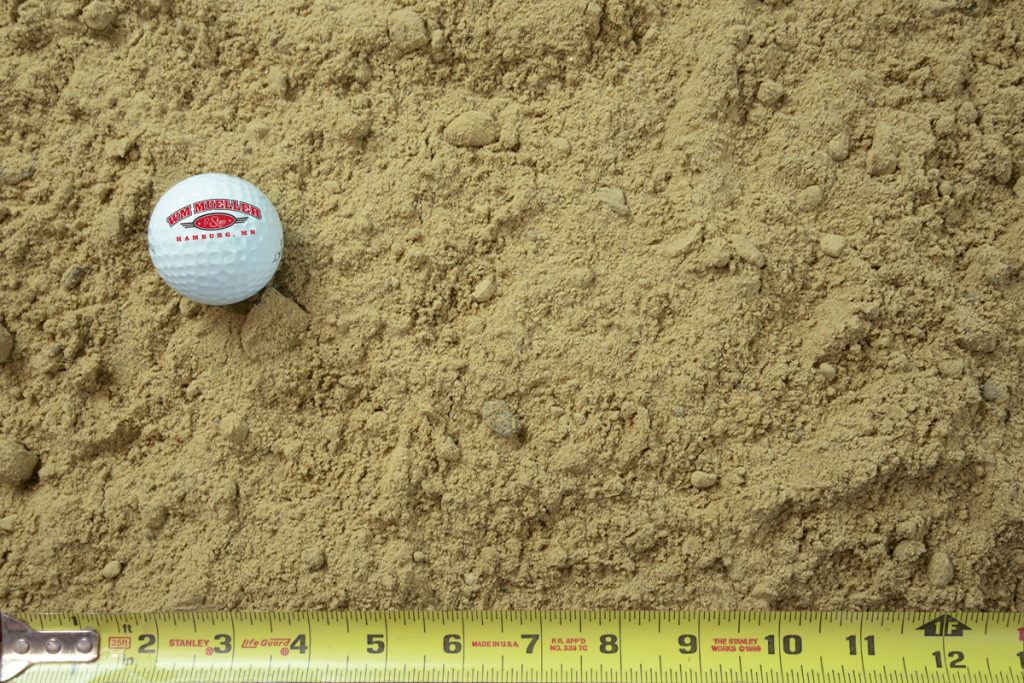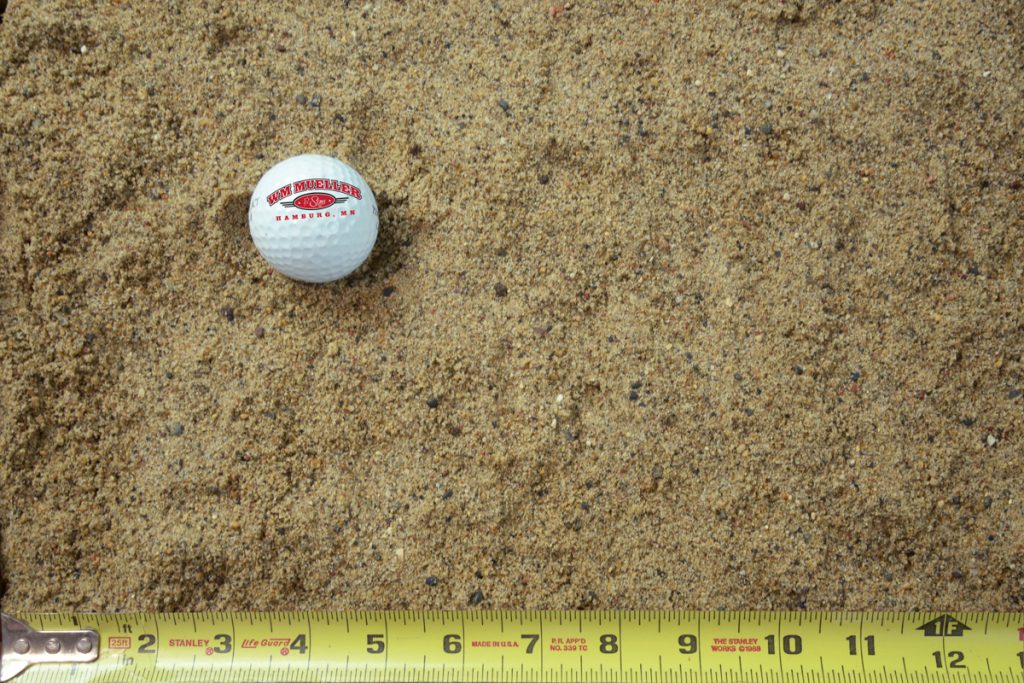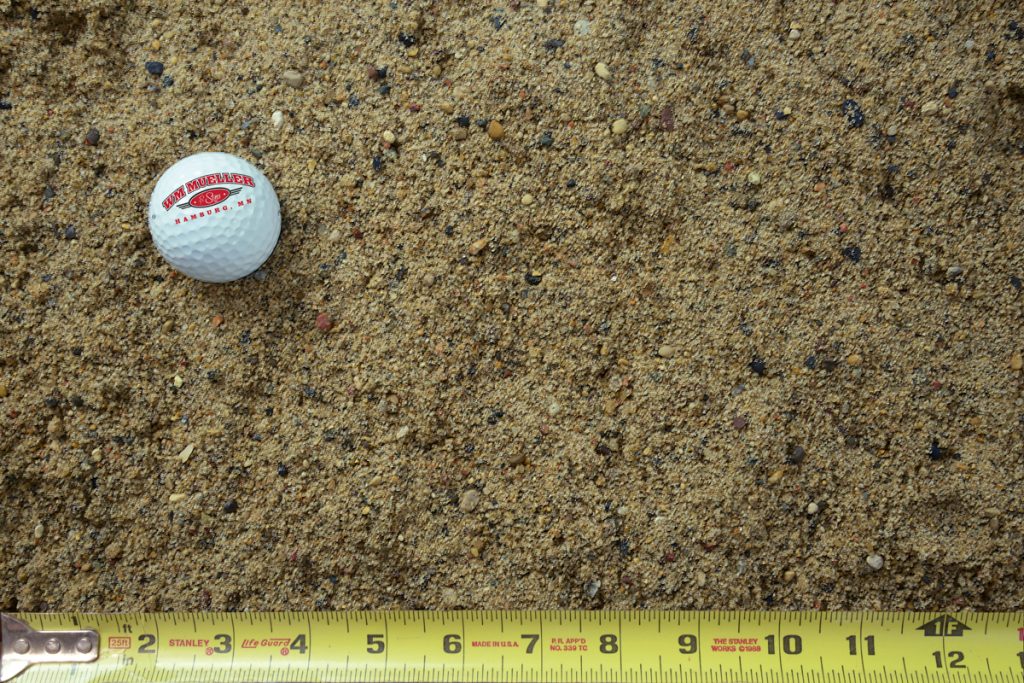Screened Fill Sand
Screened fill sand has been sifted or screened to remove any large particles, rocks, or other debris, resulting in uniform sand with consistent particle size. Its uniform consistency makes it ideal for filling in spaces and creating a level surface. Uses for screened fill sand:
Filling and Leveling: Screened fill sand is often used to fill holes, and low areas, or to create a level base for other construction or landscaping features. It compacts well and provides a solid base.
Construction: In construction projects, it’s used as a filler material behind retaining walls or under concrete slabs. It’s also used to fill trenches for utilities like gas lines, water lines, or drainage pipes.
Landscaping: In landscaping, screened fill sand is used in creating patios or walkways.
Backfilling: After installing features like pools or septic tanks, screened fill sand can be used to backfill the surrounding space.
Screened Fill Sand Read More »




